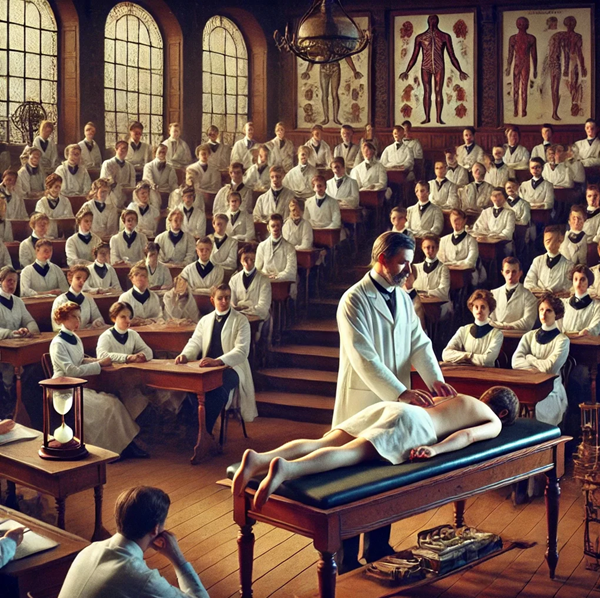Symptoms Associated With Tech Neck
The symptoms of tech neck are easy to identify. It’s important that you catch these symptoms sooner rather than later because they will be much easier to treat and less likely to cause actual damage to your neck. Be mindful of how your neck, shoulders, fingers, and hands feel when you are done using a mobile device or your computer.
Look for these early symptoms:
• Soreness at the base of your neck and top of your shoulders.
• Numbness of your fingers and a tingling when you set aside the mobile device you are using.
• Pain in the neck and shoulders.
• The pain occurs only on one side of your body.
• Frequent tension muscle headaches. These are the dull pain and tender muscles in the neck, scalp, and shoulders. And you feel pressure on your forehead.
If you have had these symptoms and have ignored them, thinking that they will go away on their own, you may begin experiencing more severe symptoms such as these:
• Severe neck pain – as if something is tearing or torn.
• Loss of strength in fingers and hands and no amount of massaging or hand exercises will bring the strength back.
The minor symptoms are reasonably easy to address.
The following are some of the things you can do to relieve and stop the pain and soreness:
• Side neck stretch. Sit on a chair and extend your right arm down towards the floor, place your left hand on top of your head, elbow pointing out to the side. Using your left hand, gently pull your head to the left while continuing to keep your right arm extended downward. Hold for 20 seconds then do the same for the other side.
• Do a chin tuck. Sit on a chair and clasp your hands behind your head. Settle your hips firmly into your seat. Tuck your chin in toward your chest as you use your hands to begin gently pulling your head down until you feel a stretch to the back of your neck and upper back. Hold 20 then slowly release.
• Add a new habit of setting aside your mobile device or walking away for 10 minutes, stretching your arms and neck as you move around. This can be done every hour or so and will be very helpful in relieving the pain.
• And, finally, you can correct your posture so that you have a better posture when using your mobile devices or computer.
The more severe symptoms will require treatment by a medical professional.
After X-rays and tests, including an MRI, is done and it is determined that no physical damage to the neck or muscles has occurred, physical therapy will be the recommended treatment.
There is a possibility, though, that actual tearing of muscles or ligaments has occurred. If that is the case, the medical professional will outline a treatment plan that best serves you.
